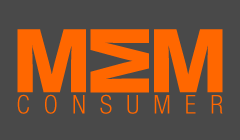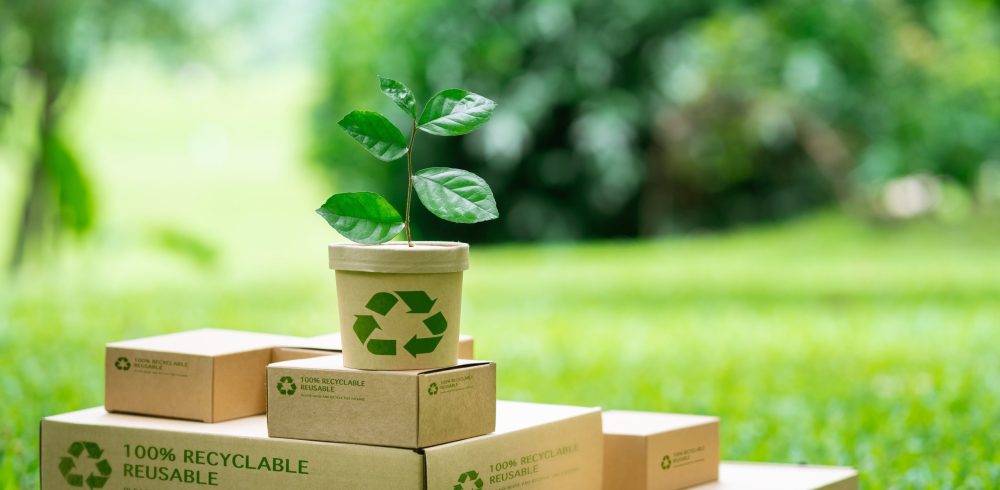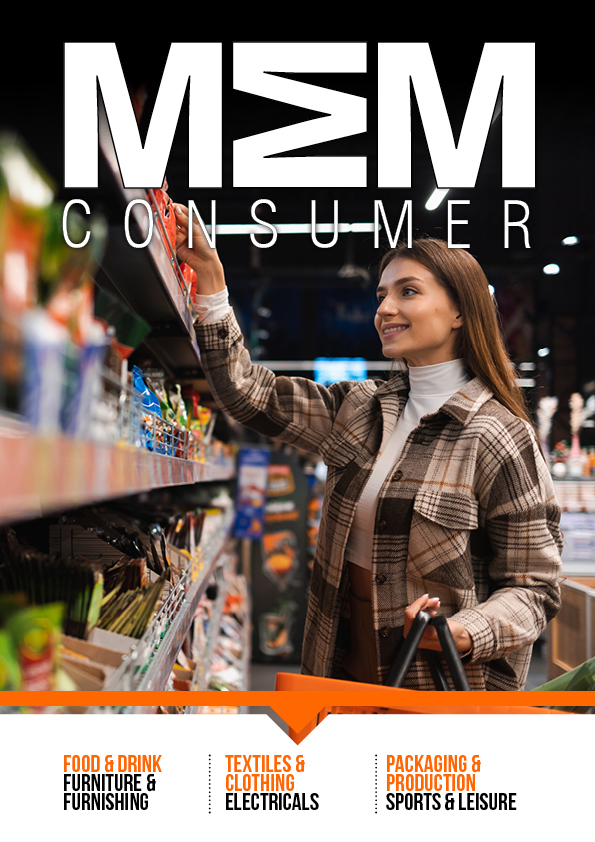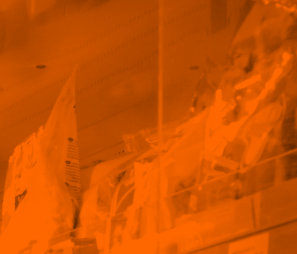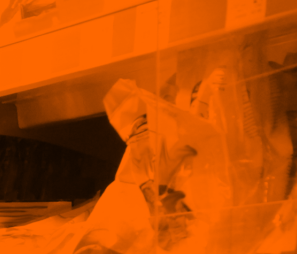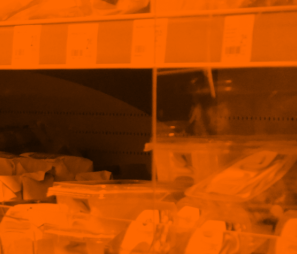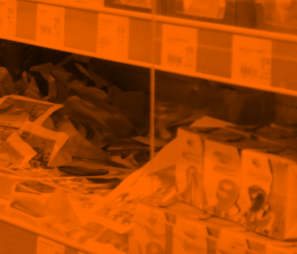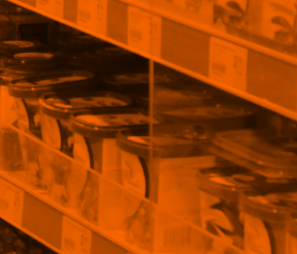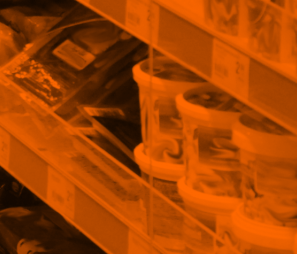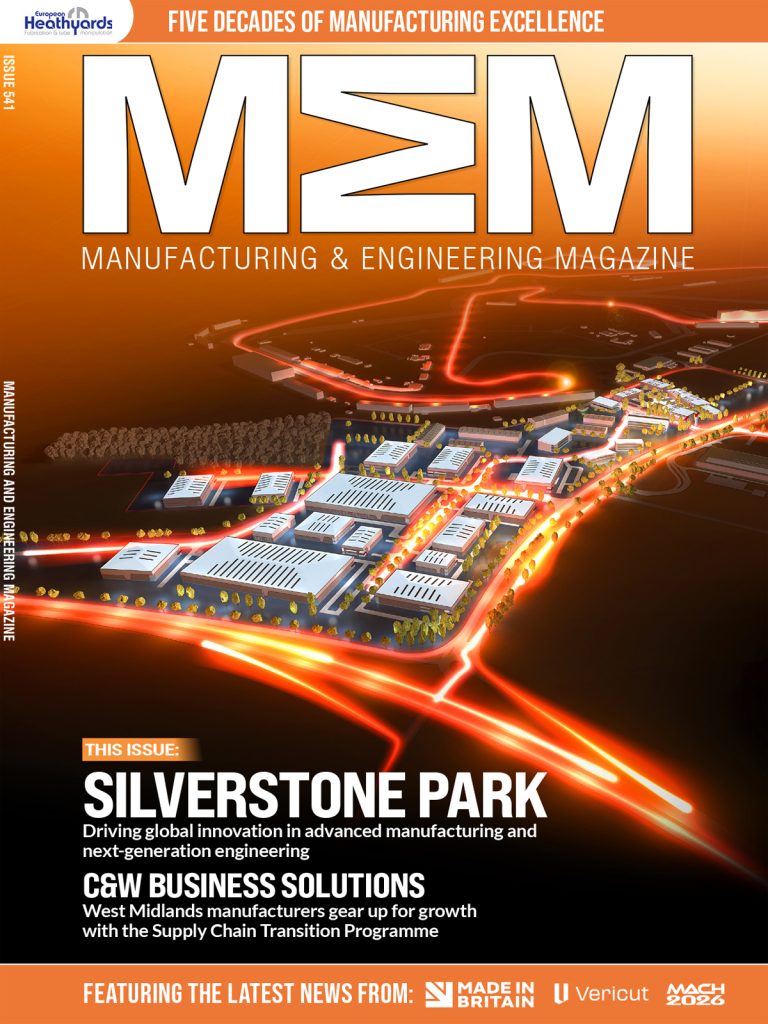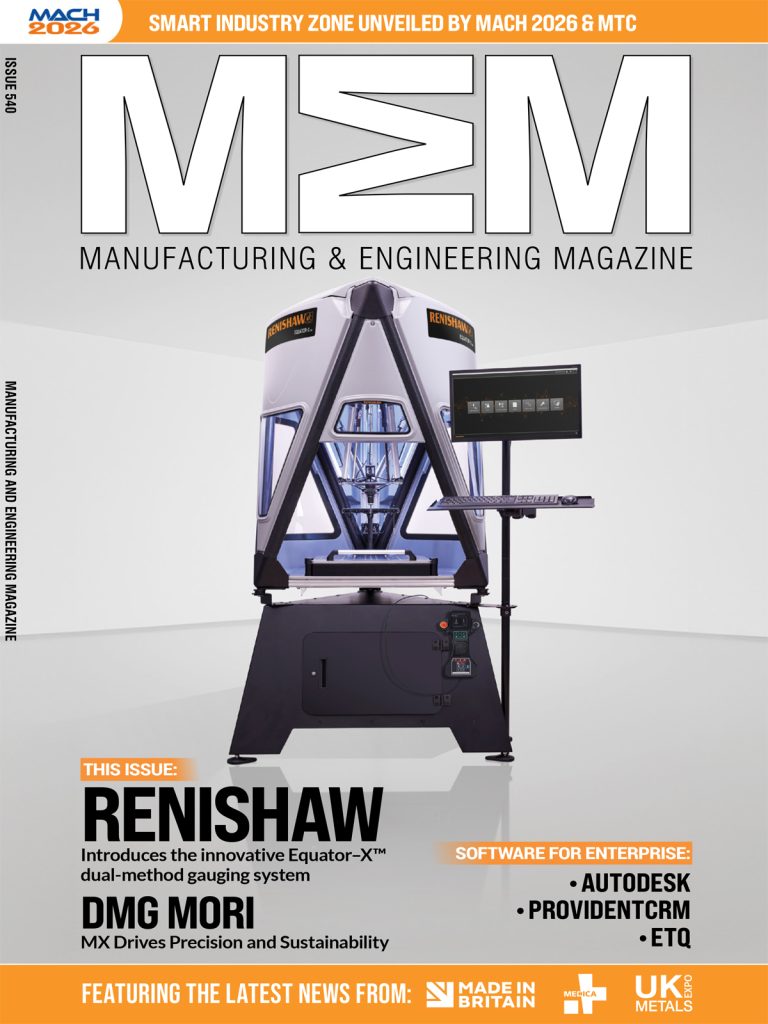With the New Year’s fireworks still ringing in our ears, the packaging industry is already back at work. We spoke to some of the industry’s leading figures to find out what they wished for from 2025 – and what they’re going to do to make it a reality. It’s set to be a pivotal year for the industry, as businesses across Europe prepare for the introduction of the EU’s Packaging and Packaging Waste Regulation, the continuing rollout of EPR across the world, and the scramble as brands look to meet their 2025 ESG targets by the end of the year. Businesses that rely on packaging are going to ask a lot from our industry this year.
Against this backdrop, Packaging Innovations & Empack 2025 offers a timely platform to explore solutions, share insights, and forge connections. But while the industry works tirelessly to meet these demands, it’s worth asking: what is the packaging industry wishing for in return?
You can find out below:
Margaret Bates, Head of the UK pEPR Scheme administrator
“My wish for packaging in 2025, unsurprisingly, relates to EPR. I hope EPR is widely accepted as a fair and balanced approach across the entire supply chain, fostering a sense of shared responsibility among all stakeholders. Beyond acceptance, I want to see EPR recognised as a powerful driver for sustainable packaging solutions that not only reduce environmental impact but also promote innovation and efficiency within the industry.
“Additionally, I hope EPR becomes a cornerstone of an efficient and effective waste management system, ensuring that resources are maximised and waste is minimised in a truly circular economy. For this vision to be realised, collaboration and commitment from all parts of the supply chain will be essential.”
Jude Allan, Managing Director of OPRL
“I’m really looking forward to diving into the implementation of pEPR. It’s an exciting opportunity to see how this initiative can shape the future of recycling and waste management. I’m particularly keen to explore how OPRL can play a vital role in ensuring the success of pEPR by empowering consumers with the knowledge and tools they need to play their part effectively.
“There’s still plenty of work ahead, and we know there will be challenges to overcome. However, these are exciting times as we take significant steps forward. I’m optimistic about the potential impact we can achieve together by fostering better understanding and collaboration across the board.”
Neil Farmer, Packaging Expert & Consultant
“The global industry has got to improve its performance in respect of sustainability. The disappointing outcomes to both INC-5 for a UN Plastics Plastics Treaty and the COP-29 negotiations demonstrate how much work needs to be done in the coming year.
“It is to be hoped that DEFRA`s simpler recycling programme in England will be a success. This has simply got to work to enable England`s poor performance with respect to household recycling rates to improve. As regards EPR regulations, everyone is hoping these will operate smoothly. To say the new system is long overdue is an understatement.
“Progress should be made in 2025, but by how much remains to be seen. I want the industry to continue innovating and offering young recruits outstanding career opportunities. I believe it will do this well in the year ahead.”
Steve Lister, Sustainability Consultant to Global Brands, Retailers & Partners
“2025 is the year we move beyond recycling and circularity in print and packaging is the next big focus. 2025 is the year we break free from the cycle of waste, embracing circular design and materials in print and packaging. Recycling is just the beginning; the future lies in creating products designed for reuse and regeneration, ushering in a new era of sustainable innovation.”
Jo Stephenson, Managing Director at Think B2B Marketing
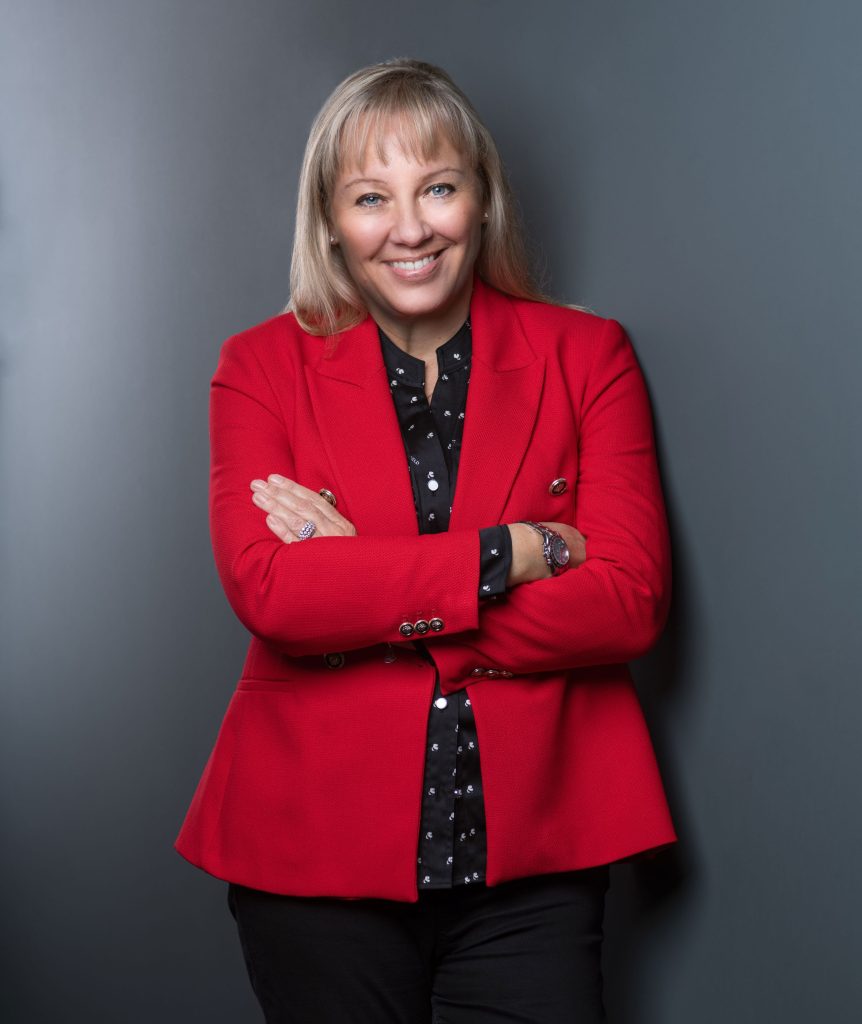
“My wish is that the packaging industry finally learns to beat its own drum a little bit. Too often, the industry is too willing to let others drive the conversation on sustainability, and packaging can be unfairly painted as the villain. The truth is that packaging is absolutely vital for preventing waste – especially food waste – throughout the supply chain and we should be proud of that fact.
“No industry is more focused on minimising its impact on the environment, driving sustainable innovations of the kind we see at Packaging Innovations & Empack every year. I hope we as an industry can shout about that in 2025, and change the mainstream narrative about packaging.”
Dimitra Rappou, Executive Director – Sustainable Products, Confederation of Paper Industries
“Our hope for 2025 is for all the resources and waste strategy reforms to work collectively to support a robust, quality-based recycling regulatory framework for the UK’s Paper-based Industries.”
Keith Ockenden, CEO Zeus Group
“As we step into 2025, our hope is to see renewed confidence in the UK economy, supported by clear and consistent guidance on tax and sustainability regulations. This clarity will empower businesses to innovate, adopt greener practices, and meet evolving consumer demands.
“In the print and packaging sector, we predict a continued rise in automation and AI-driven technologies, enabling smarter workflows and cost efficiencies. Sustainability will remain a core focus, with a shift toward recyclable and reusable packaging materials. Additionally, advancements in cloud integration and security will further transform how businesses manage and optimise their operations. These trends, combined with stable economic conditions, will drive growth and resilience across the industry.”
Gary Tee, VP Global Converting at TIPA Compostable Packaging, which will exhibit at the show
“Whilst we see progress in recycling of thin films this still proves to be a financial and technical challenge, and we wait to see how this will develop. Compostables can provide real alternatives to small wrappers, sachets, coffee pods, tea bags, fruit and vegetable stickers and these would all be very difficult to recycle. I predict that 2025 is the year that compostable packaging is recognised as the important solution for these formats and helps divert them from landfill or incineration.”
Maria Vastag, Managing Consultant, Strategic Consultancy, Smithers
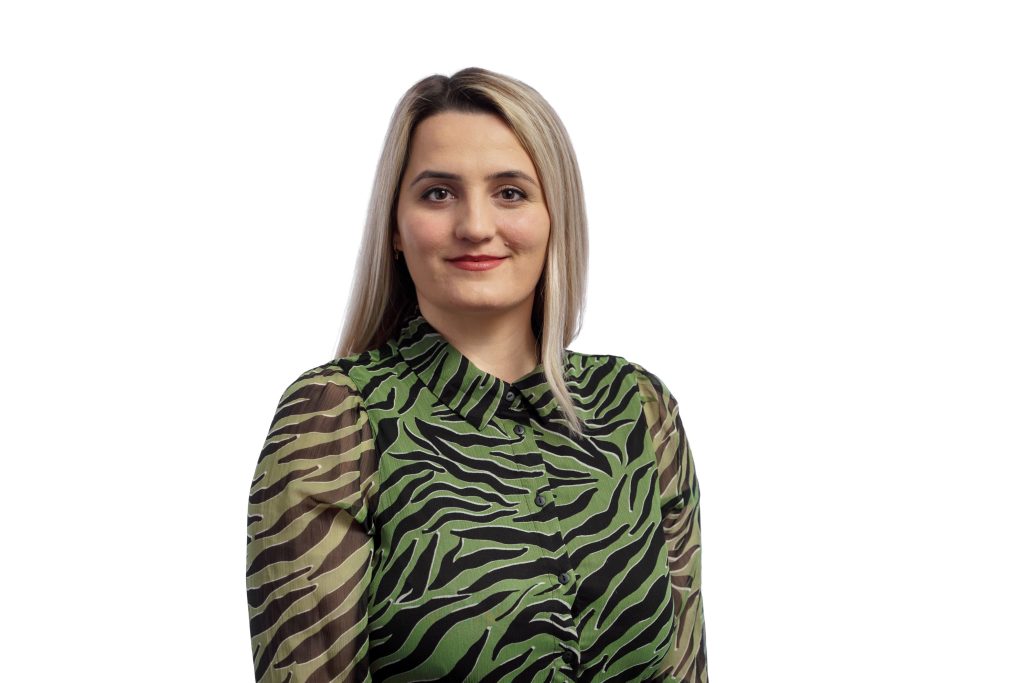
“Looking ahead, one thing is clear: external pressures for more sustainable packaging will only increase. Sustainability is not just a regulatory requirement but an opportunity for companies to innovate, meet customer demands and create competitive advantages.”
Wayne Barron, Refill & Reuse Packaging Specialist at ThePackHub
“To date, the packaging industry has mainly focused on light-weighting, material change and designing for recycling to reduce the environmental footprint from delivering consumer goods. But these small improvements are insufficient in delivering the radical transformation that is so urgently required. It’s time we took a systemic approach, with retailers, brand owners and suppliers working together to develop shared refillable and reusable packaging systems. Industry collaboration is essential in realising the full potential of reuse, to drastically reduce packaging waste and the industry’s environmental impact.”
Joe Horton, Sales Director at Berry Global
“The circular economy will remain the critical consideration in new pack development, specifically the need to design out waste and pollution and keep product and materials in use. For the plastics industry, this means the continued focus on areas such as the development of high-quality post-consumer recycled plastics and the introduction of renewable resources to replace fossil fuel feedstocks; further enhancements to lightweighting technologies and improved recyclability; and the ongoing introduction of more reusable and refillable packs.
“Nevertheless, whatever the material, the packaging industry will continue to demonstrate its innovation and ingenuity. This will ensure we devise solutions that meet the expectations of an environmentally conscious world, while still delivering on the fundamental requirements of packaging to protect, preserve and promote and, equally important, ensure a positive user experience.”
Lisa Cain, Technical Lead, Food and Confectionary – EMEA, at Smurfit Westrock
“If there’s one thing driving the packaging industry in 2025, it’s regulation. The rules are coming in fast and getting tougher by the day. From stricter recyclability targets to material bans, it feels like every week brings a new challenge. It’s like aiming for a moving target—one that’s also shouting for us to ‘do better’!
“But honestly, that’s the point. Regulations are pushing us to leave the “that’ll do” mindset behind and finally deliver the kind of innovation we’ve been talking about for years. From lighter, more efficient materials to designs that make recycling seamless, the challenges ahead are opening the door to smarter, better solutions.
“Of course, this shift toward sustainability and minimalism isn’t without its headaches. Packaging minimisation requirements could make it harder for brands to create distinctive designs—unless those designs meet strict criteria or are protected by trademarks or design registrations. Meanwhile, the push to eliminate certain materials or switch to more sustainable alternatives demand a tricky balance between creativity, practicality, and compliance.
“Then there’s the recyclability challenge. With standards becoming stricter, companies will need to invest in solutions that not only meet regulations but also satisfy consumers who want packaging that works seamlessly in their lives. Modular designs—like reconfigurable caps or interchangeable parts—are a great example of how to blend form and function while reducing waste.
“But meeting consumer demands doesn’t stop at convenience. Brands also need to deliver recyclability without sacrificing performance. In food packaging, for example, barrier performance and moisture resistance are essential, which is why so much R&D is going into recyclable paperboard coatings. Fibre-based packaging is stepping up to compete with plastics, and it’s exciting to see how far this can go.
“2025 certainly feels like a tipping point for packaging. The big question isn’t whether we can keep up; it’s how far we can push things. Regulations aren’t the villain here—they’re the nudge we’ve needed to do better, faster, and more sustainably. And if we can turn these challenges into breakthroughs, this might just be the year we surprise ourselves.”
Luke Wilson, Managing Director of FACER
“As we enter 2025, the UK’s folding carton packaging industry is navigating a highly complex landscape.
“Recent analyses indicate that after a period of massively heightened demand during the pandemic, the sector experienced a downturn throughout 2023, with output declining 4% (albeit market value fell by less at -2.2% as prices were held).
“2024 output has been somewhat the same and we predict that at least Q1, Q2 and perhaps Q3 of 2025 may continue on this trend.
“The folding carton industry tends to be cyclical, and in any downturn of demand excess capacity presents itself in the system. With supply outstripping current demand, this tends to lead, in most cases, to a zero-sum game.
“There are a huge number of specialist SME players in the market which we believe will continue to consolidate before demand returns. Although when it does, those that are positioned in line with factors that will influence the future of packaging, stand to reap the rewards of a very large market full of potential.
“The influencing factors we foresee, involve the continuation of sustainability focus, technological advancements (AI, digital, AR, smart integration), evolving consumer preferences and purchasing behaviours, and a shift in the supply chain buyer/seller dynamics.
“While challenges persist, including distractions such as EPR, which are only serving to confuse and slow growth, we remain optimistic about the industry’s resilience and its capacity to rebound by aligning with global sustainability goals, embracing creativity and cutting-edge technologies.”
Chris Yapp, Co-Founder of Tri-Locker (Simply Sealing)
“As we enter 2025 with a new packaging landscape emerging with the introduction of EPR, our hopes at Tri-Locker are to embrace this change and offer food manufacturers and retailers, the opportunity to remove plastic and offer the consumers easily recognisable mono materials that are all ready recyclable at the kerbside or in public waste collection steams.
“However we need to support manufacturers and retailers with packaging options that move packing from the red and into the green, with positive savings of up to £520 per metric tonne on EPR, plus the existing plastic tax of £220 per metric tonne. A challenging time with clear ecological benefits that financially make a positive impact for business. Innovation is the sincerest form of sustainability!”
Charlotte Pike, Marketing Manager at Beatson Clark
“We anticipate that customers will continue to prioritise sustainable packaging in 2025, with a focus on solutions that are easy to recycle and contain a high percentage of recycled materials. Glass is the ideal sustainable packaging choice for these brands, and we are excited to continue partnering with them.
“Additionally, we expect to collaborate with an even greater number of luxury spirits and cosmetics brands next year as awareness grows about our new glass container decorating service, which enables us to spray not only our own bottles but also those produced by other glass manufacturers.”
Tom Stone, Packaging Development Manager at Bakkavor
“2025 will be a busy year for all those involved in the packaging industry. Whilst legislation continues to drive decisions, I expect to see brand and brand owners really take hold of material innovation to drive real change within their categories.”
Mario Molinaro, Global Business Director for Flexible Packaging at Taghleef Industries
“The sustainability industry is expected to continue to grow rapidly in the coming year. The flexible packaging industry is poised for continued growth, driven by increasing demand for lightweight, convenient, and sustainable packaging solutions to protect products. Key trends for the coming year include a strong focus on recyclability, with advancements in mono-material structures and compostable films, as well as the integration of smart packaging technologies to enhance consumer experience and supply chain efficiency.”
Jane Martin, CEO of City to Sea
“The UK could lead Europe by investing in infrastructure like washing facilities and logistics for reuse. This could create jobs, boost high streets, and establish a positive legacy for future generations. It’s not just about addressing plastic pollution—it’s about building a better economic model. At City to Sea, we help organisations turn their legacy around for future generations. We see frustration, but we also see incredible potential. By working together – businesses, governments, and consumers – we can protect our beautiful places and create a thriving, sustainable future.”
Paul Jenkins, Managing Director and Founder of ThePackHub

“As we move into 2025, I hope to see the packaging industry working less in silos and working more closely together when appropriate. By fostering greater collaboration, we can tackle our shared sustainability challenges and meet the obligations of the increasing regulation. Collective action will be key to driving meaningful and impactful change.”
Peter Macqueen, Associate Head – Sheffield Creative Industries Institute
“I genuinely believe we are in the midst of a significant sociological course correction – not just in this course, but across the sector and throughout manufacturing. More broadly, we are recognising that our demographics are changing, with some of the biggest drivers being factors such as the ageing population. It’s not just about focusing on youth; it’s about adapting to the evolving needs of society.
“The fact is, societal needs are changing rapidly and radically, and traditional thinking alone won’t solve these problems. Just because someone understood how business worked 25 years ago doesn’t mean they are prepared to handle the pressures of the next 25 years. This goes beyond sustainability and shifting demographics.
“When it comes to people, it’s not just about having more women in the workforce or increasing representation from different backgrounds. It’s about adopting a universal design approach—something we emphasise heavily in this course. Good-quality universal design isn’t simply about inclusion; it’s about minimising exclusion. That distinction is critical.
“A universal approach to design ensures that no one is left behind, regardless of their perspective or circumstances. This principle will only grow in importance. Taking a universal thinking approach to workforce development is crucial for ensuring we are equipped to meet the challenges of the future.”
James Marchant, Packaging Data & Workflow Leader at Beyondly
“As the environmental landscape continues to evolve, with increased regulatory demands and pressures to achieve sustainability goals, the growing importance for accurate data is clear. On the horizon, we expect to see more granular data requirements as part of EPR (in the UK and overseas) bringing together data across the full supply chain, helping us to understand the true source and recyclability of the packaging used. Beyondly are ready to embrace this change in 2025, excelling in the world of environmental data.”
Paula Birch, Managing Director of Parkside Flexibles – UK & Asia
“The future of packaging will be driven by application-specific solutions rather than a one-size-fits-all approach. As barrier technology continues to advance, particularly in paper-based materials, we’ll see plastic use reduce across many applications – though it will retain an important role where its unique properties are essential. The key to success will be taking a holistic view that considers both sustainability and functionality, ensuring these work together rather than competing against each other.”
Lucy Bosten, Head of Marketing, Carlton Packaging
“As we move into 2025, I believe the print and packaging industry will continue to innovate toward more sustainable solutions, driven by both consumer demand and corporate responsibility. At Carlton Packaging, we’re excited to see advancements in eco-friendly materials and smarter, more efficient packaging processes that balance sustainability with performance.”
Mr. Andrea Favini – FAVINI Export Sales and Marketing Director Graphic Specialties
“Favini’s key focus is the high-end packaging sector, so it is paramount that we understand and respond to the needs and desires of this market. In the coming year, our eco sustainable papers are developed to visually attract with subtle colour palettes along with special touch and feel surfaces to fully engage the consumer in those precious first seven seconds of the decision-making process. Consumers are still rightly focused on eco sustainable products, and the packaging must reflect and satisfy this requirement. From spirits to cosmetics, from fashion to jewellery the attention for an eco-sustainable material for the packaging is a must.”
Manufacturing & Engineering Magazine | The Home of Manufacturing Industry News
